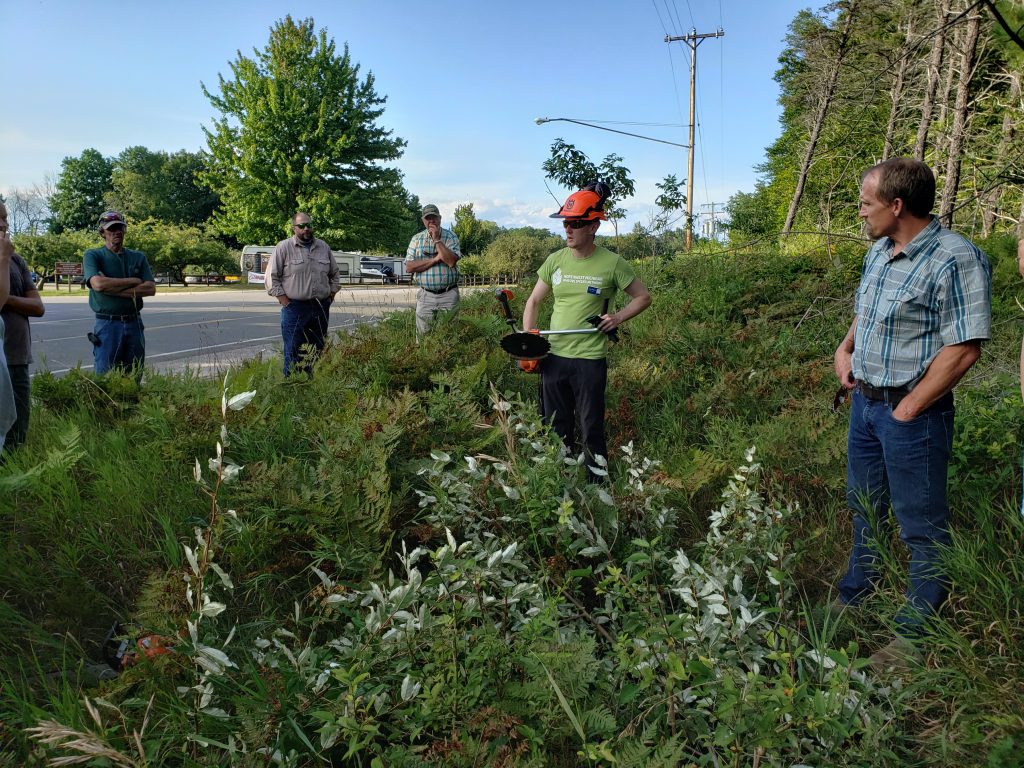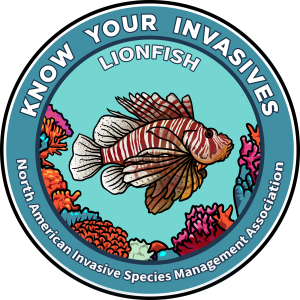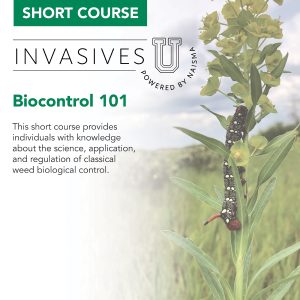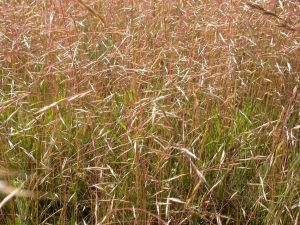Recently, the Northwest Michigan Invasive Species Network (ISN) hosted a series of workshops for private landowners who wanted help managing the invasive plant Elaeagnus umbellata Thunb., commonly known as autumn olive.
Partners of the Invasive Species Network were vital in these workshops, including partner Conservation Districts, Forestry Assistance Program consulting foresters, and representatives from the USDA Natural Resources Conservation Service. PlayCleanGo was a key part of the messaging as we helped landowners consider long-term management strategies.

The workshop offered step-by-step directions in invasive species management decision-making including:
- assessing size and locations of populations present
- walking through the pros and cons of various treatment methods
- determining options for restoration
- and of course, keeping gear and shoes clean during all that work!
After the presentation, ISN demonstrated everything from loppers and Pullerbears to chainsaws and brushsaws. To conclude the workshop, attendees saw live demonstrations of cut-stump treatments of autumn olive.

Besides equipping landowners with the technical tools for invasive species management, these workshops were a great way to ignite passion in local landowners. Many have known autumn olive to be a problem for years, but weren’t sure what to do. Others noted the prevalence of invasive species on public lands; highlighting PlayCleanGo ethics brought home the importance of even the smallest actions on our environment. In the end, preliminary plans for a new public workbee at Veronica Valley County Park were discussed, bringing the workshop from, “What do we do?” to, “This is how we do it, let’s go!”
Residents stepping up to steward natural resources on their own property was the goal. Expanding beyond their own boundaries — since invasive species don’t respect them anyway — was an incredible bonus.




